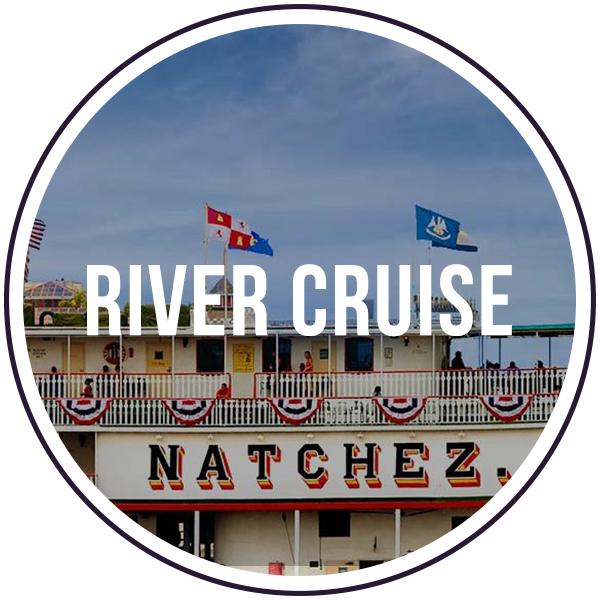Mardi Gras is a vibrant and festive celebration that is deeply rooted in the culture and traditions of New Orleans, Louisiana. The traditions associated with Mardi Gras in New Orleans are unique and diverse, encompassing aspects of music, parades, costumes, food, and more. Here are some of the key traditions:
1. Krewe Parades: Mardi Gras in New Orleans is known for its elaborate and colorful parades organized by various krewes. These krewes, which are social organizations, create floats, wear themed costumes, and throw trinkets and beads to spectators. Each parade features a distinct theme and can include marching bands, dance troupes, and celebrity appearances.
2. Mardi Gras Indians: The Mardi Gras Indians are African American tribes that create intricate and hand-sewn costumes inspired by Native American and African traditions. They parade through the streets during Mardi Gras, showcasing their vibrant feathered headdresses and intricately beaded suits. The Indians engage in “Indian battles” where they confront other tribes through song and dance.
3. King Cake: King Cake is a traditional Mardi Gras dessert. It is a sweet, ring-shaped pastry made of twisted cinnamon dough, often filled with cream cheese, fruit, or other fillings. The cake is decorated with colorful icing or sugar in Mardi Gras colors: purple (representing justice), green (representing faith), and gold (representing power).
4. Throws and Beads: During the parades, krewes throw various trinkets, known as throws, to the crowd. These include plastic beads (often in Mardi Gras colors), doubloons, cups, and small toys. The tradition is for parade-goers to try to catch as many throws as possible, often with people going to great lengths to collect unique or coveted throws.
5. Jazz and Zulu Social Aid & Pleasure Club: Mardi Gras in New Orleans wouldn’t be complete without the vibrant sounds of jazz. Jazz and brass bands can be found performing throughout the streets and in various venues during Mardi Gras. The Zulu Social Aid & Pleasure Club, a historically African American organization, leads one of the most anticipated parades, featuring a lively jazz-infused procession.
6. Masks and Costumes: Mardi Gras encourages attendees to dress up and wear colorful masks and costumes. Traditional Mardi Gras colors, representing justice, faith, and power, are often incorporated into costumes and mask designs. Masks allow people to be anonymous and let loose during the festivities.
7. Second Line Parades: Another popular Mardi Gras tradition in New Orleans is the Second Line Parade. Originating from African American funeral traditions, these parades feature a brass band leading a procession of locals who carry parasols or handkerchiefs and dance through the streets. Second Line Parades have become a significant part of Mardi Gras celebrations, with locals and visitors alike joining in the revelry.
These are just some of the many traditions that make Mardi Gras in New Orleans so unique and vibrant. The celebration showcases the city’s rich cultural heritage and brings people together in a spirit of joy, unity, and celebration.


